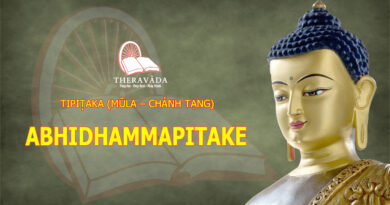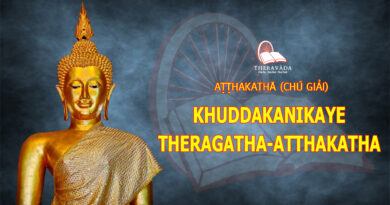Nibbana In Theravada Perspective – By Sayadaw U Dhammapiya (eng)
Nibbana in Theravada Perspective
By Sayadaw U Dhammapiya
Foreword by Syadaw Dr U Silananda
Abstract
This dissertation provides an analytical and critical study of the concept of Nibbana through canonical texts; it explores canonical methods and meditative development process through the systematic methods of Theravada Buddhist mediation. The primary purpose of this dissertation is to explain the interpretations of Nibbana described and standardized by Buddhist and non-Buddhist scholars and to analyze their perspectives of the way to liberation. Despite the appearance of scholarly interpretations of Nibbana that have frequently occurred in the cononocal texts, the exact meaning of Nibbana has not been settled in Buddhism.
The source material for this dissertation mainly deals with the Theravada Pali canonical texts in the Ti-pitaka (Three Baskets), its cemmentaries, and its sub-commentaries. To clarify the meaning of Nibbana, canonical interpretations, meditative methods, experience with Buddhish meditation objects, philosophical methods, and psychological analysis are required in this study. The exploration of Nibbana covers two major aspects: Theoretical Nibbana and practical Nibbana. The former is derived through explanatory principles and the latter is determined through experiential realization. This dissertation also covers the methods of meditation and the systematic progress of insight wisdom. The author claims that to apply the methods of Buddhist meditation in practice is to obtain the higher level of realization through insight wisdom (nana) and the supramundane path (lokkuttara-mgagga). In addition, the author suggests that the study of theories alone is not sufficient to thoroughly comprehend “Nibbana”. The practice of mindfulness meditation is necessary in order to realize “Nibbana”.
DOWNLOAD EBOOK: Nibbana in Theravada Perspective
NibbanaInTheravadaPerspective-Eng-DrUDhammapiya







